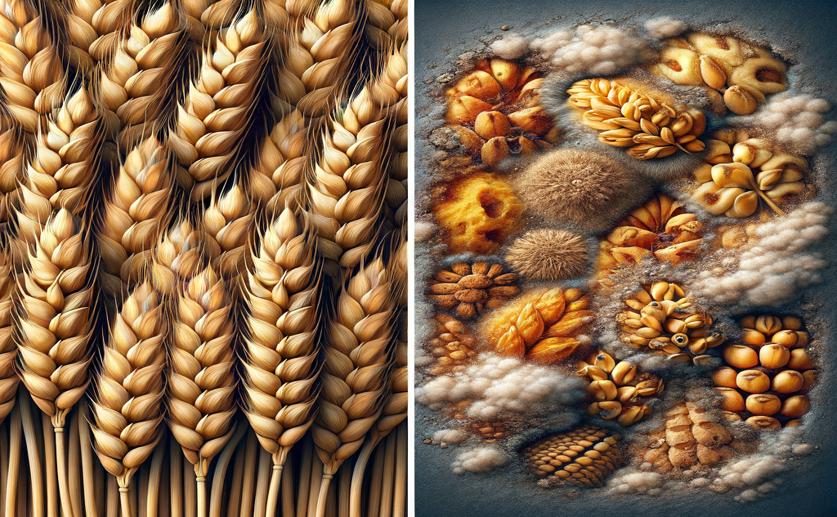
How Storage Conditions Affect Toxin Levels in Wheat
Jenn Hoskins
20th July, 2024

Image Source: Natural Science News, 2024
Key Findings
- The study by Cranfield University examined how storage conditions affect mycotoxin levels in wheat grains
- High moisture and temperature levels increased the concentration of deoxynivalenol-3-glucoside (D3G) compared to its precursor, deoxynivalenol (DON)
- Zearalenone-14-sulfate (ZEN-14-S) levels were significantly higher than zearalenone (ZEN) under certain storage conditions, highlighting the impact of storage on mycotoxin presence
References
Main Study
1) The influence of different abiotic conditions on the concentrations of free and conjugated deoxynivalenol and zearalenone in stored wheat
Published 19th July, 2024
https://doi.org/10.1007/s12550-024-00541-6
Related Studies
2) Prevention strategies for trichothecenes.
Journal: Toxicology letters, Issue: Vol 153, Issue 1, Oct 2004
3) Hydrolytic fate of deoxynivalenol-3-glucoside during digestion.
4) Masked mycotoxins: a review.



 15th January, 2024 | Jenn Hoskins
15th January, 2024 | Jenn Hoskins